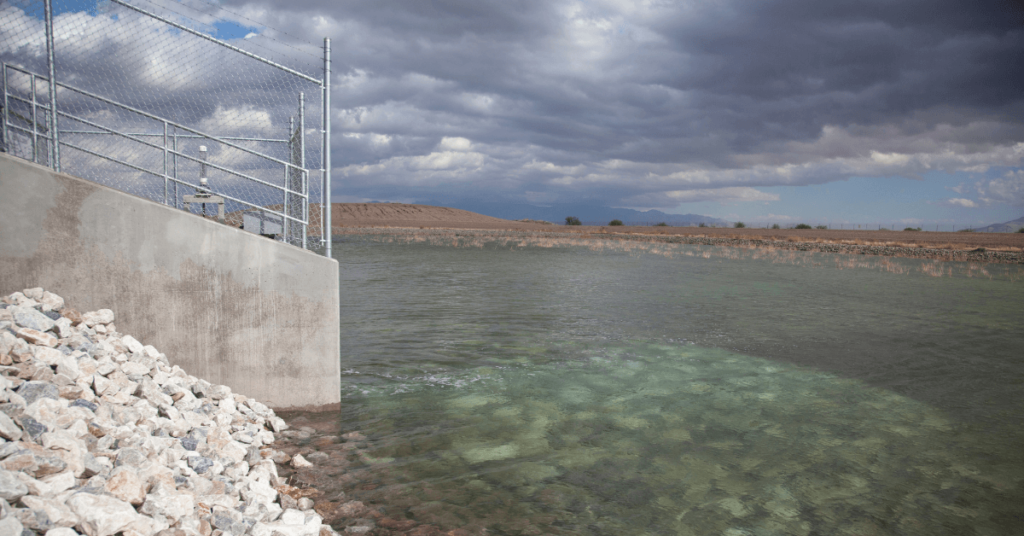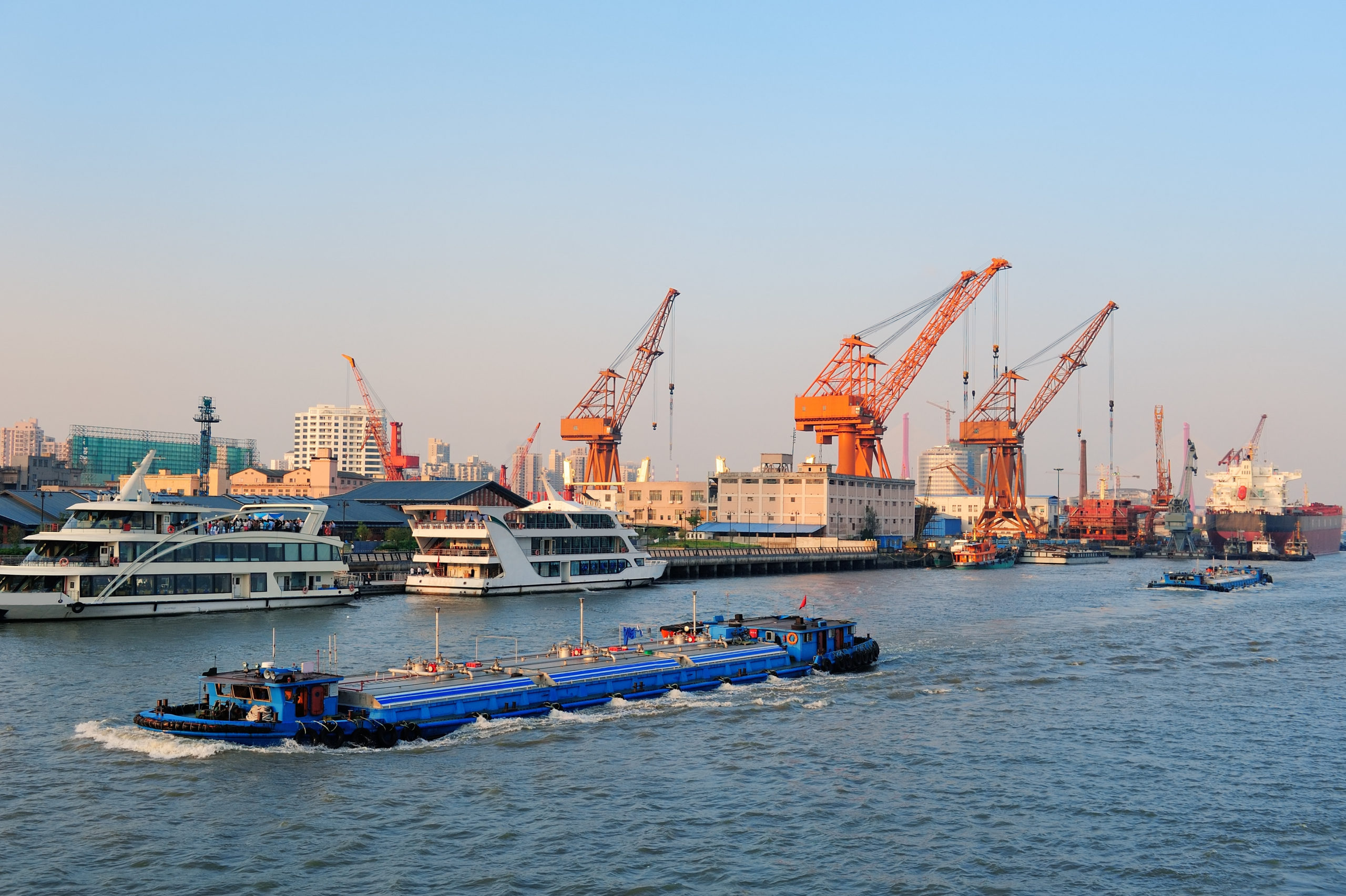The growing demand for groundwater due to the ever-rising global population has encouraged us to look for means to suffice it. Along with the efforts for managing groundwater, its resources, and taking steps to combat its pollution, artificial recharge is one among the list.
What is Groundwater Recharge?
Talking about natural groundwater recharge, it’s the process where aquifers(region holding the groundwater) beneath the earth get filled with water from sources like rainwater and snowmelt.
What is Artificial Recharge of Groundwater?
Artificial Groundwater recharge also called planned recharge is the process of filling the aquifers beneath the earth through manual procedures. The water available in excess above the surface of the earth is made to seep through the ground to store it for times of shortage.
Apart from the distinct reason for tackling the groundwater shortage, artificial groundwater recharge also helps in managing various other concerns.
What are the reasons for Recharging the Groundwater Artificially?
The artificial groundwater recharge justifies its importance through a variety of other roles such as,
- Controlling sea-water intrusion into groundwater at coastal aquifers
- Preventing land subsidence(downward settling of land surface) due to sudden decrease of groundwater
- Maintaining a base flow in water streams
- Reducing groundwater pumping efforts and thus costs by raising the groundwater level.
How Artificial Groundwater Recharge is done?
The groundwater is recharged artificially via below 2 means.
1. Surface Infiltration Systems
The surface infiltration system works by spreading the excess water available on the surface to make it seep into the ground. This technique works in the areas where the soil is permeable enough to allow water to pass through it.
The infiltration systems are further classified into two categories-
1. In-channel systems
In-channel systems consist of dams, small-size weirs, and L or T-shaped levees that function by spreading the water over a larger area to facilitate the infiltration process.
2. Off-channel systems
Off-channel systems consist of gravel-pits and specifically designed infiltration basins.
2. Well Injection Systems
The second way of recharging groundwater is via filling aquifers through deep dug wells also known as recharge wells.
Interestingly, the process of planned or artificial groundwater recharge goes beyond making the water percolate or inject deep into the earth. The water while infiltrating down the ground passes through treatment processes that change its composition.
Depending upon the type of water taken for the recharge process, it may be pre-treated before directed into the ground. The water after that undergoes post-treatment via aquifer layers, and this process is also known as Soil Aquifer Treatment(SAT).
It also becomes obvious that recharge with surface infiltration systems will undergo SAT and thus provide better groundwater quality.
What types of water are used for the Artificial Recharge of Groundwater?
Generally, the sources or the types of water for manual recharge process are,
- Wastewater from Municipal
- Water run-off from storm-water
- Water from irrigation return flow




